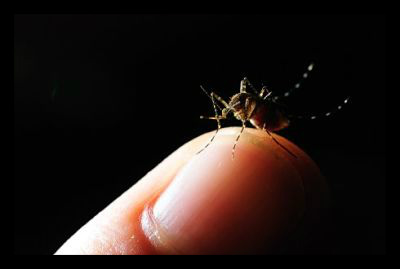Malaria seems to be a disease out of sight for most of us, affecting far away people. Malaria used to be present in the United States, but it was wiped out in the 1950s. The mosquitoes, carrying the malaria parasite, are making people very sick and taking lives in the countries where this dangerous disease still exists, but in order to stop malaria, certain precautions and steps must be taken.
What is the current situation?
In 2012, there were about 207 million people diagnosed with malaria, and an estimated 627,000 malaria deaths. About 3.4 billion people — half of the world’s population — are at risk of contracting malaria. Most cases incur in Sub-Saharan Africa, greatly affecting children under age five.
How to prevent and stop malaria
Prevention of malaria includes preventing people from acquiring mosquito bites and giving people the appropriate medicine. Wearing protective clothing, staying inside when it is dark outside, using mosquito spray indoors if possible and avoiding going to region with a high number of cases of malaria if vulnerable (pregnant, under age five, etc…) are also effective in malaria prevention. Using long-lasting mosquito nets is one of the most effective methods to prevent mosquito bites. If traveling to regions where malaria is present, taking preventative medicine is strongly recommend. Most people who are infected do not take the proper medicine or follow the right schedule.
What we need to do
We have already achieved huge success. Fewer people are getting sick, thanks to the effects of the U.N., local government and nonprofit organizations. We need to keep up the fight against malaria. Most cases occur in Sub-Saharan Africa, where people lack certain preventive materials such as bed nets and insect spray. We need to make sure people sleep under bed nets and have access to basic malaria diagnosis and treatment.
There are no certain vaccines that can prevent people from getting malaria. Scientists still continue with their research to develop effective vaccines. We also need to find innovative ways and methods to stop malaria.
– Jing Xu
Sources: ImpatientOptimists, WHO, WebMD
Photo: AAAAI




